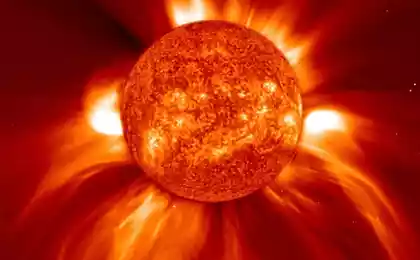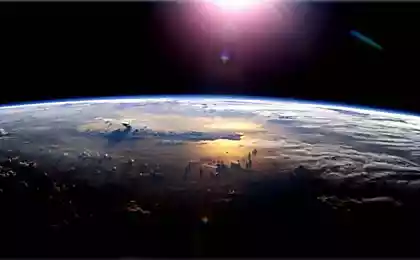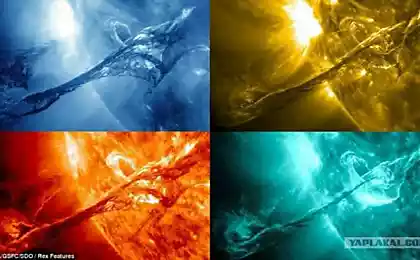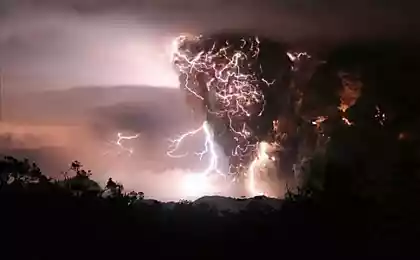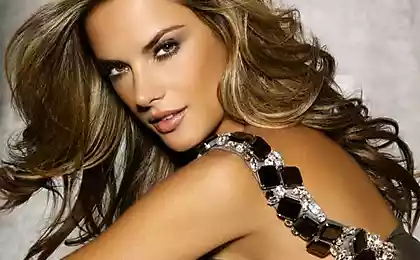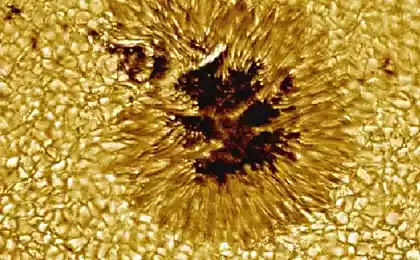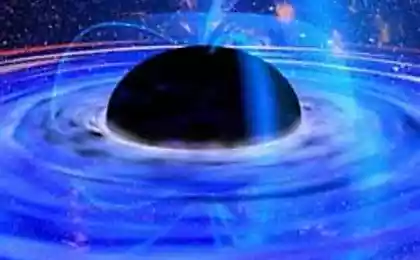243
Kosmozond plunge into the atmosphere of the sun.
William Matthews (William Matthaeus), professor of physics and astronomy at the University of Delaware is included in the project of NASA to study the Sun, planned for 2018.
The unmanned spacecraft the size of a small car to plunge directly into the atmosphere of the Sun, to get answers to questions about the red-hot ball of plasma at the center of our system.
"The experiments selected for the project to study the Sun, designed to solve two key questions of solar physics - why the sun's outer atmosphere is hotter than the visible surface of the sun, and that gives rise to the solar wind that affects Earth and our solar system? We have for decades struggled with these issues, and this program should finally give us the answers, "- said Dick Fisher, director of NASA's heliophysics.
Source.
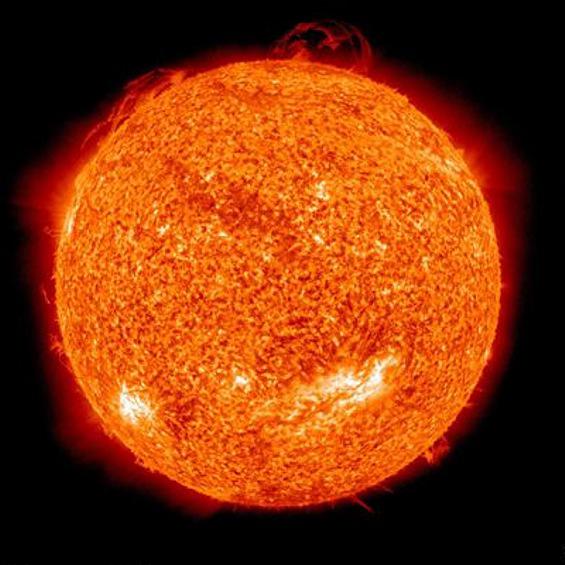
Astrophysicists have discussed the idea of sending unmanned vehicle on the sun for years, says Matthews, but the technology to protect a space probe from the ultra-high temperature of the star was not available until recently.
To avoid the fate of the mythical Icarus, who flew too close to the sun, high temperature shield of the spacecraft must be able to withstand extremely high temperatures and intense bursts of radiation in the solar atmosphere, because the probe is to approach the Sun to 6 million kilometers ...
"The perihelion of the probe light from the Sun is 500 times more intense than on Earth, and the surrounding gas, although very sparse, probably will have a temperature of hundreds of thousands of degrees," - said Mateus.- "Fortunately, NASA engineers have developed an efficient high temperature shield made of carbon fiber and thermoregulation system ».
A team of researchers are developing two instruments for monitoring the electrons, protons and ions accelerated to high energies in the solar atmosphere. This continuous stream of particles directed from the Sun known as the solar wind. This flow produces auroras on Earth and can cause magnetic storms, disrupting telecommunication systems.
"The more we rely on satellite technology, such as GPS, the more vulnerable to magnetic storms become. We need to understand how it happens, to protect their satellites in space and the people who work in space "- says Mateus.
Source:
The unmanned spacecraft the size of a small car to plunge directly into the atmosphere of the Sun, to get answers to questions about the red-hot ball of plasma at the center of our system.
"The experiments selected for the project to study the Sun, designed to solve two key questions of solar physics - why the sun's outer atmosphere is hotter than the visible surface of the sun, and that gives rise to the solar wind that affects Earth and our solar system? We have for decades struggled with these issues, and this program should finally give us the answers, "- said Dick Fisher, director of NASA's heliophysics.
Source.

Astrophysicists have discussed the idea of sending unmanned vehicle on the sun for years, says Matthews, but the technology to protect a space probe from the ultra-high temperature of the star was not available until recently.
To avoid the fate of the mythical Icarus, who flew too close to the sun, high temperature shield of the spacecraft must be able to withstand extremely high temperatures and intense bursts of radiation in the solar atmosphere, because the probe is to approach the Sun to 6 million kilometers ...
"The perihelion of the probe light from the Sun is 500 times more intense than on Earth, and the surrounding gas, although very sparse, probably will have a temperature of hundreds of thousands of degrees," - said Mateus.- "Fortunately, NASA engineers have developed an efficient high temperature shield made of carbon fiber and thermoregulation system ».
A team of researchers are developing two instruments for monitoring the electrons, protons and ions accelerated to high energies in the solar atmosphere. This continuous stream of particles directed from the Sun known as the solar wind. This flow produces auroras on Earth and can cause magnetic storms, disrupting telecommunication systems.
"The more we rely on satellite technology, such as GPS, the more vulnerable to magnetic storms become. We need to understand how it happens, to protect their satellites in space and the people who work in space "- says Mateus.
Source:


